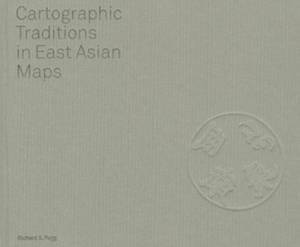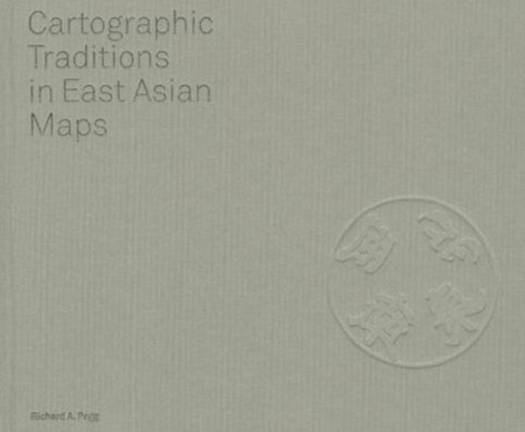
- Afhalen na 1 uur in een winkel met voorraad
- Gratis thuislevering in België vanaf € 30
- Ruim aanbod met 7 miljoen producten
- Afhalen na 1 uur in een winkel met voorraad
- Gratis thuislevering in België vanaf € 30
- Ruim aanbod met 7 miljoen producten
Zoeken
Omschrijving
Maps are the manifestation of an intellectual construct of physical and metaphysical environments. They are rich cultural objects presenting and transmitting information about time and place of production. A map is not neutral - it is an interactive, constructed representation of space as perceived and presented by its maker and then interpreted by the viewer. Maps thus reveal methodological relationships between artistic and scientific approaches, aesthetics and functionality and form and content in the context of visual culture. And given their subjective nature, maps reproduce the views or perspectives of their makers.
Cartographic Traditions in East Asian Maps is focused on a group of maps from the MacLean Collection, one of the world's largest private collections of maps. The maps presented here are in a wide range of medium and formats including screens, wall maps, sheet maps, pocket maps, case maps and map plates. They are eighteenth and nineteenth-century maps from the late Qing dynasty in China, the Joseon dynasty in Korea and the Edo and Meiji periods in Japan illustrating late traditions in the region's history. Each of the three chapters examines one of the three principal regions of East Asia and begins with overall regional maps, then local city maps of Beijing, Edo, Yokohama and Kyoto, respectively, or the eight provinces of Korea. This book provides some of the particular practices and relationships between text and image in East Asian map making that are unique in world cartography. Often particular map making characteristics are not recognized as unique within their own cultural contexts, and so it is only through the process of comparing and contrasting that these qualities emerge. This survey of selected maps proves extremely useful in revealing certain similarities and distinctive differences in the representations of space, both real and imagined, in early modern cartographic traditions of China, Korea and Japan. In addition, as this was a period that Western nations were applying pressure on Asia to open for trade, religion and diplomacy, the introduction of Western cartographic methodologies during the early modern period of East Asia, along with some of the resulting changes, is also discussed.Specificaties
Betrokkenen
- Auteur(s):
- Uitgeverij:
Inhoud
- Aantal bladzijden:
- 124
- Taal:
- Engels
Eigenschappen
- Productcode (EAN):
- 9780824847654
- Verschijningsdatum:
- 31/08/2014
- Uitvoering:
- Hardcover
- Formaat:
- Genaaid
- Afmetingen:
- 246 mm x 297 mm
- Gewicht:
- 1133 g

Alleen bij Standaard Boekhandel
+ 97 punten op je klantenkaart van Standaard Boekhandel
Beoordelingen
We publiceren alleen reviews die voldoen aan de voorwaarden voor reviews. Bekijk onze voorwaarden voor reviews.











